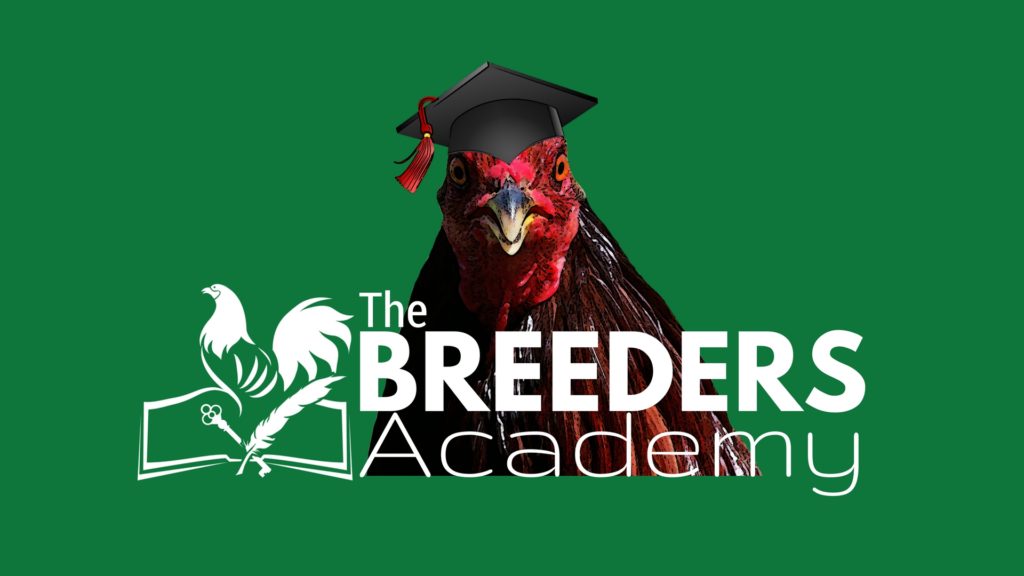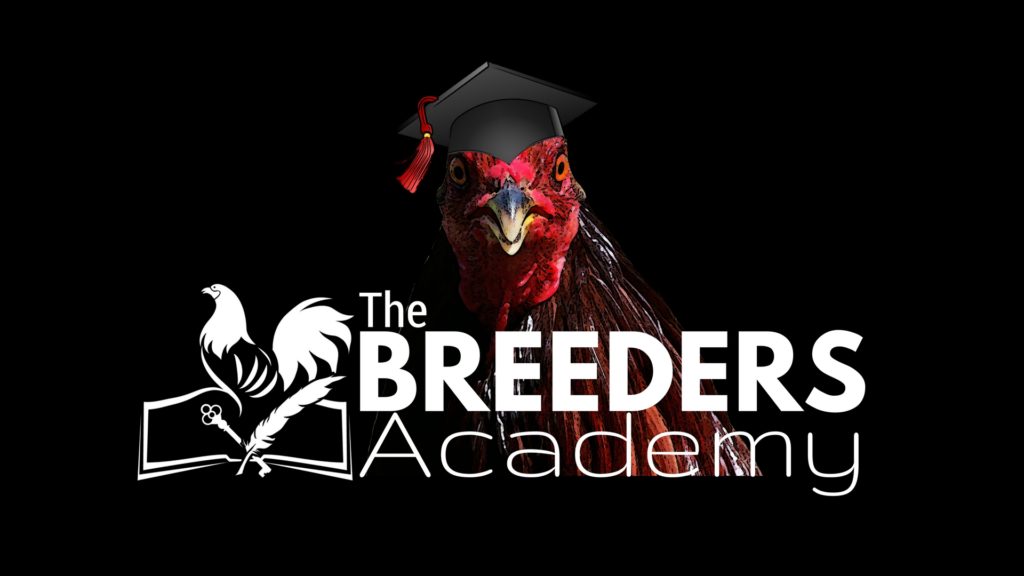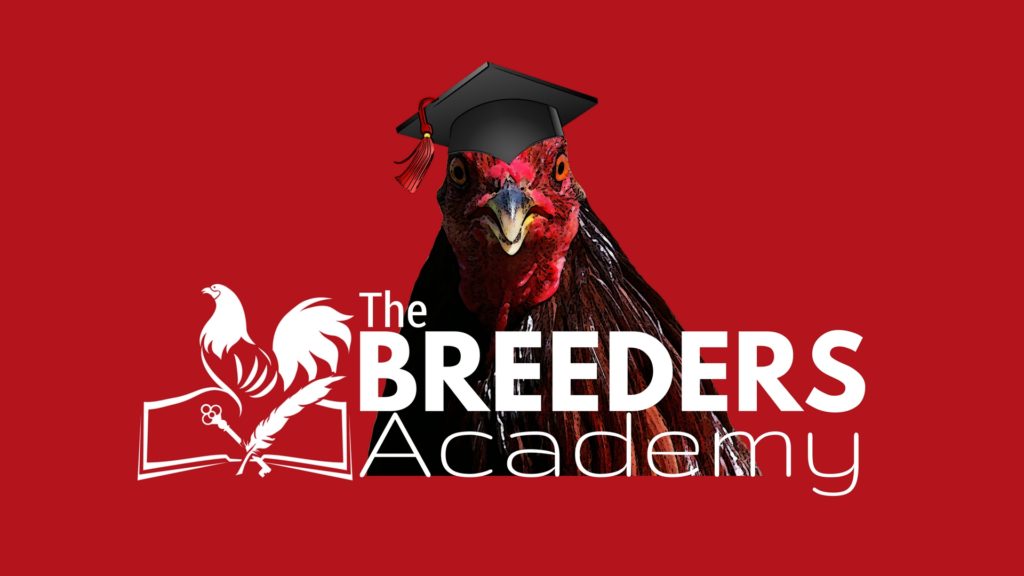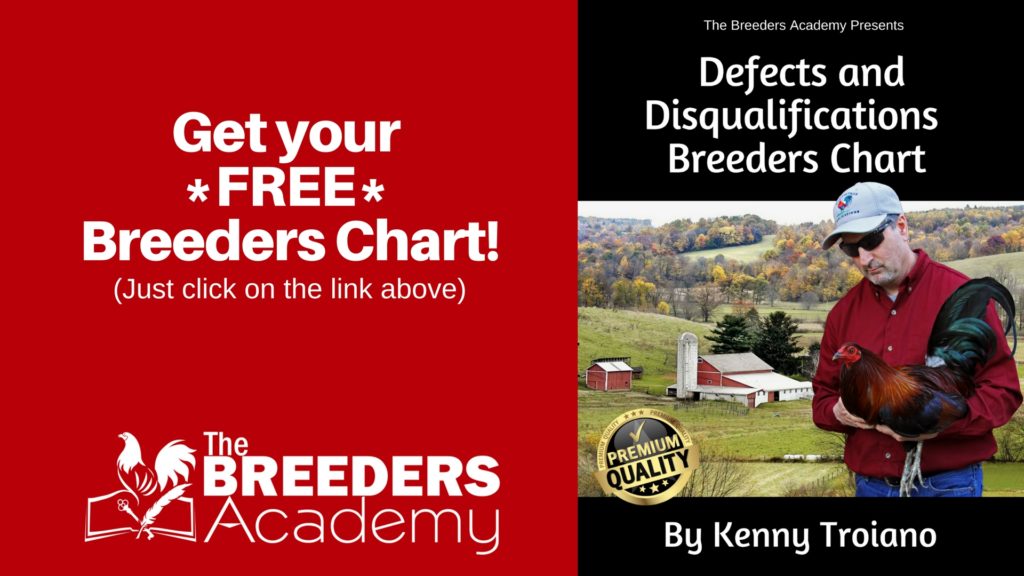Are they pure? It’s quite easy to pick out traits that are dominant, but difficult to determine the purity of that trait. For instance, pea-comb is dominant over single-comb, and white legs are dominant over yellow legs, which in turn is dominant over green legs. And let’s not forget that Silver/Grey feathering is always dominant over Red feathering. But can you tell, just by looking at a bird, whether it is pure or mixed? Strangely enough you can, but only if the expresses traits are recessive.
THE ENVIRONMENT HAS A POWERFUL INFLUENCE
A change in environment (location, climate, soil, and food source) has the power to create many biological variations, first, in the form of phenotype variants, and eventually affecting genotype. This is especially true when it comes to the characteristics of our fowl. For example, a new environmental condition can change the way a bird develops, and in time, those changes can become permanent. A new environment can also create genetically induced variations, such as sports and mutations. While some of these changes are beneficial, there are many that can be detrimental to the strain.
ACCLIMATIZATION
Preparing fowl for a new environment is as important as the fowl themselves. They must adapt easily and quickly to be successful, and there are many things you can do to help them in the process.
Common Defects and Diqualifications
I have a number of great breeding programs, which are available for members of the Breeders Academy, but you can’t get started unless you can select the proper brood fowl. Your ability to select the right cock and hen for breeding will determine your strains success.
Evolution of the Modern-Day Fowl
By what process has the small Junglefowl been converted into the breeds that we see today? What brought about the change that enables fowl, such as the American Gamecock of today to have the form and function, and the tenacious spirit of a modern-day gladiator? By what miracle has the American Game, become one of the most beautiful of all fowls, having various colors of feather, including top-knots, muffs, and large flowing tails? Well, natural selection had something to do with it, at least in the beginning, but the answer is simple, selective-breeding.



